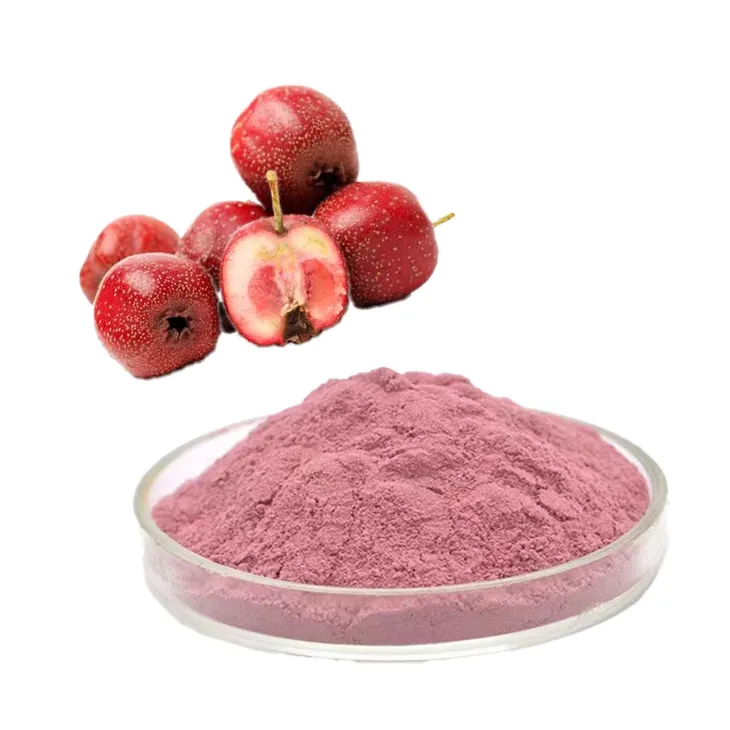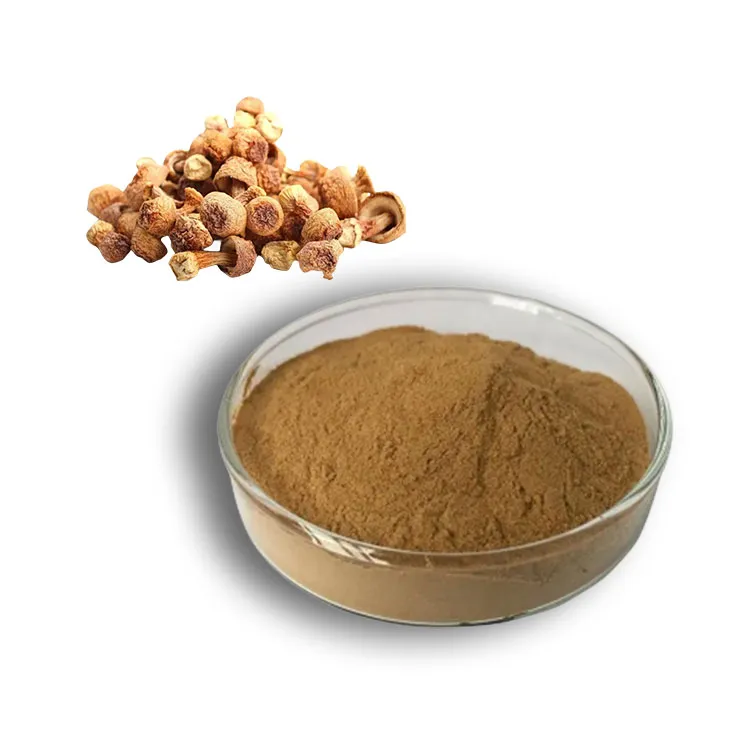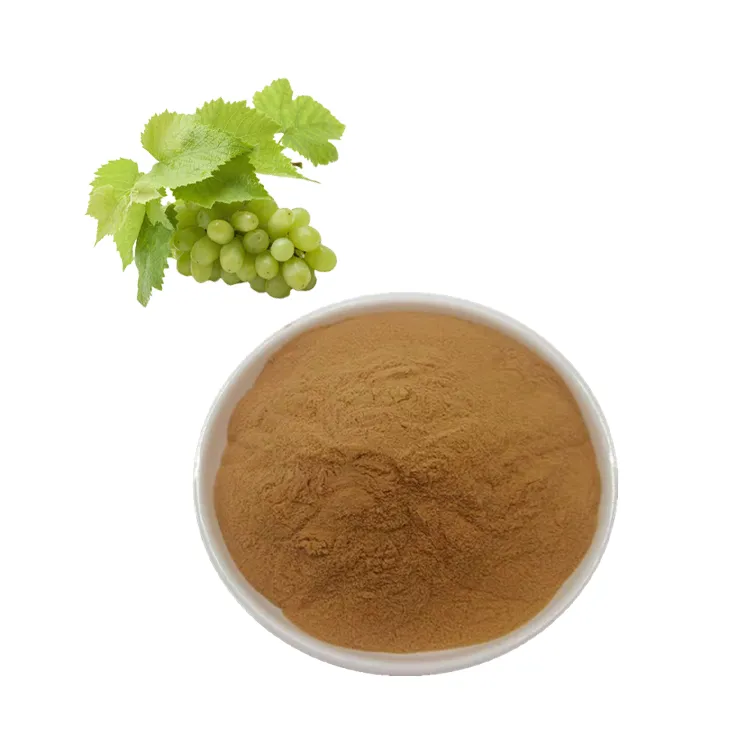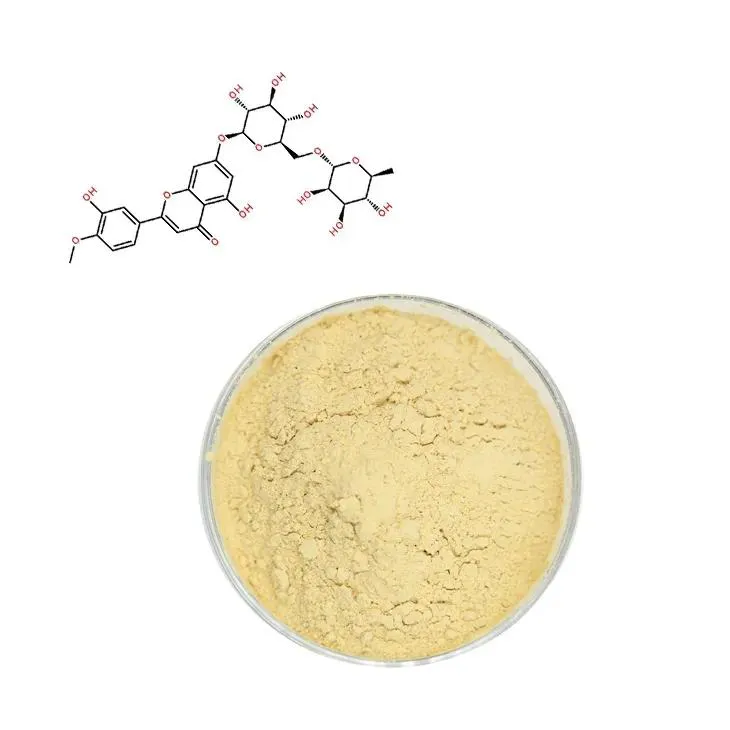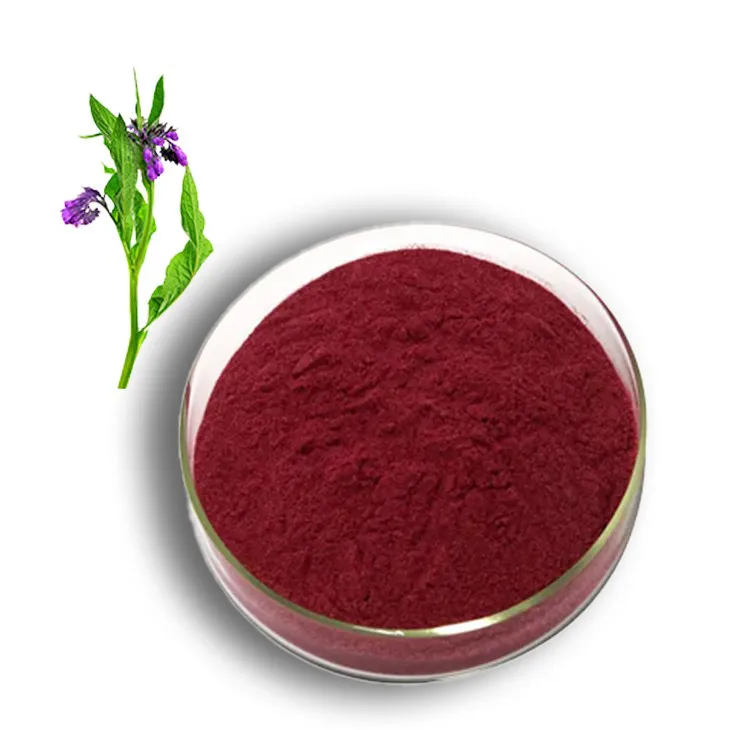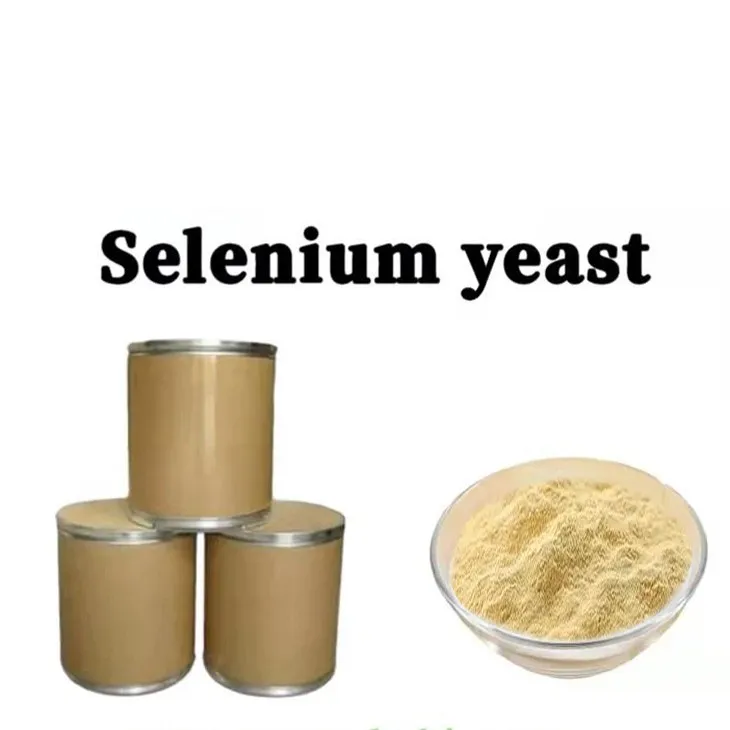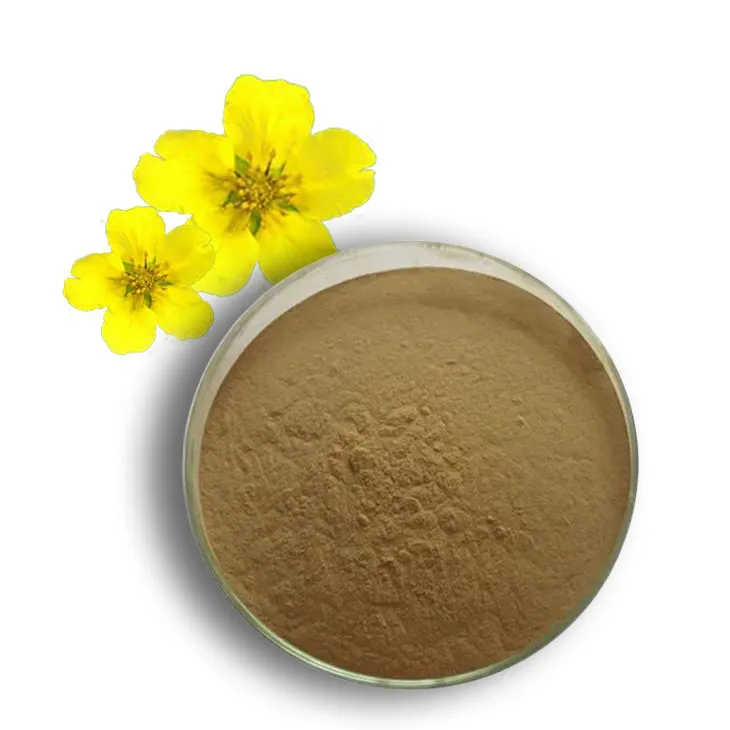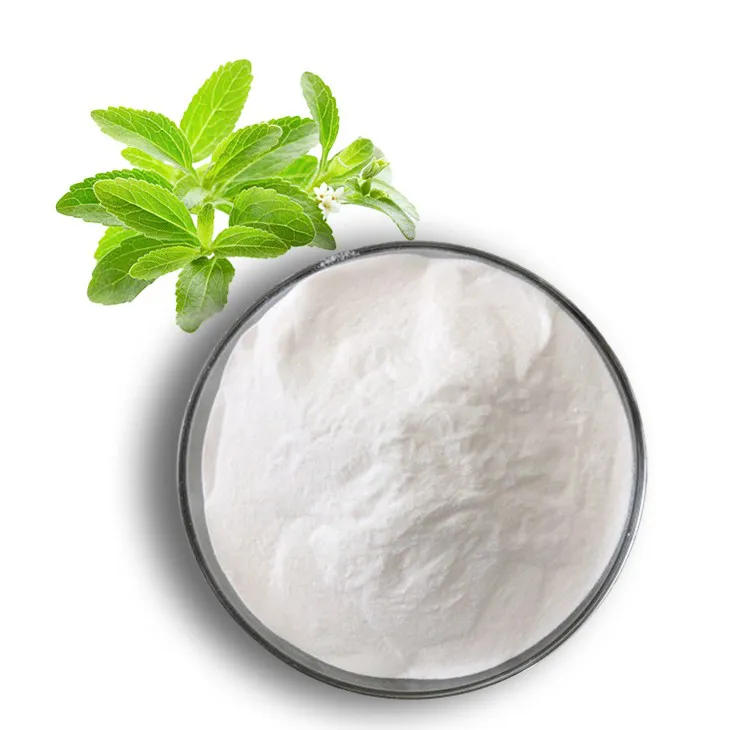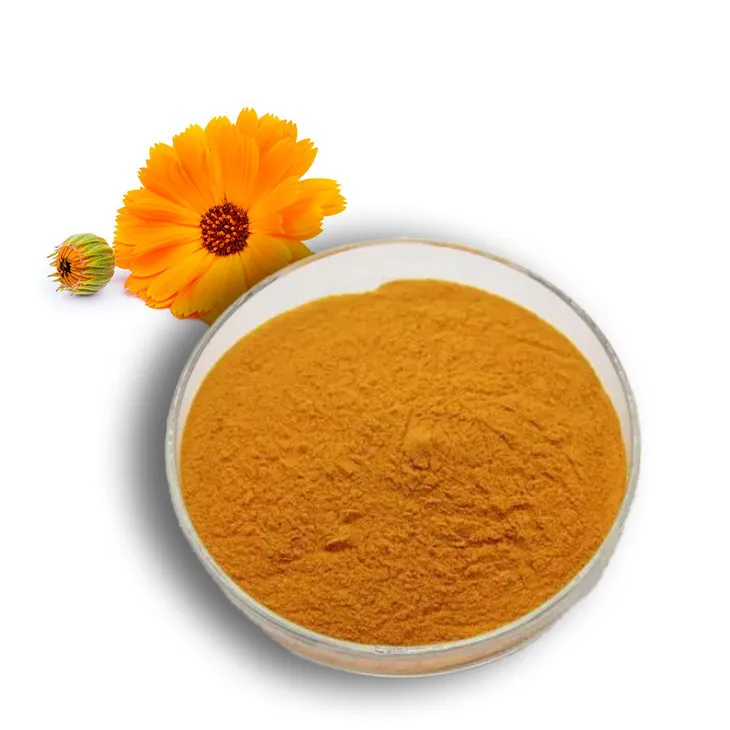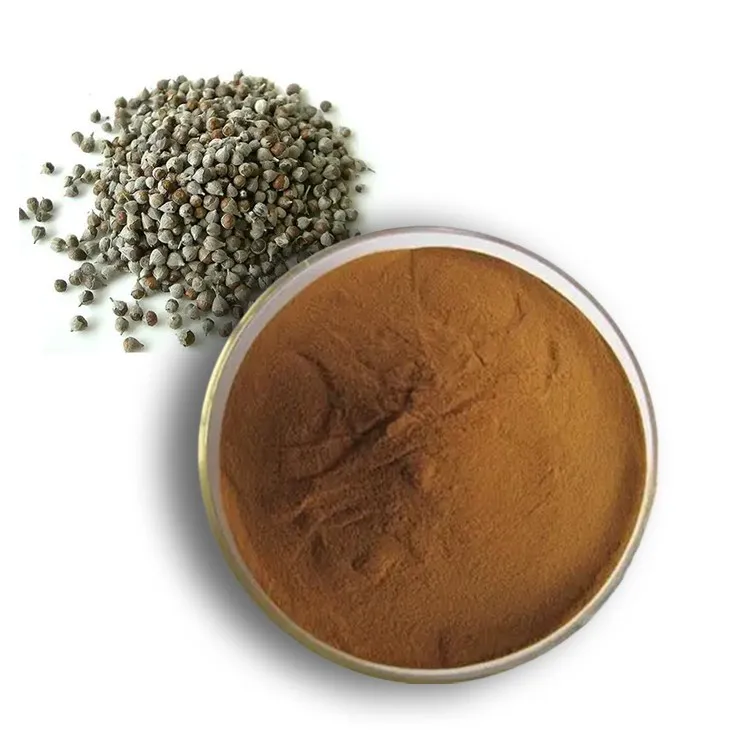- 0086-571-85302990
- sales@greenskybio.com
aloe vera plant juice extract: how-to guide
2023-09-27
1. Benefits of Aloe Vera Juice Extract
1. Benefits of Aloe Vera Juice Extract
Aloe vera juice extract is a versatile and beneficial natural product that has been used for centuries for its numerous health and cosmetic benefits. Here are some of the key advantages of using aloe vera juice extract:
1. Skin Health: Aloe vera is known for its skin-soothing properties. It can help moisturize the skin, reduce inflammation, and promote healing, making it ideal for treating conditions like eczema, psoriasis, and sunburn.
2. Digestive Aid: Aloe vera juice can help improve digestion by promoting regular bowel movements and reducing constipation. It contains compounds that can stimulate the digestive system and improve nutrient absorption.
3. Anti-inflammatory: The anti-inflammatory properties of aloe vera can help reduce swelling and pain associated with various conditions, including arthritis and muscle injuries.
4. Antimicrobial: Aloe vera has antimicrobial properties that can help fight off bacteria, fungi, and viruses, making it useful for treating minor wounds and infections.
5. Hydration: Aloe vera is a natural hydrator, which can help maintain the body's fluid balance and support overall hydration.
6. Hair Care: Aloe vera juice can be used as a natural conditioner and scalp treatment, promoting healthy hair growth and reducing dandruff.
7. Detoxification: Aloe vera can help the body detoxify by promoting the elimination of waste products and supporting liver function.
8. Anti-aging: The antioxidant properties of aloe vera can help protect the skin from environmental damage and slow down the aging process.
9. Immune System Support: Aloe vera can boost the immune system by enhancing the body's natural defenses against illness and disease.
10. Weight Management: Some studies suggest that aloe vera may help with weight management by promoting a feeling of fullness and aiding digestion.
11. Diabetes Management: Aloe vera has been found to have potential blood sugar-lowering effects, which can be beneficial for individuals with diabetes.
12. Oral Health: Aloe vera extract can be used as a natural mouthwash, helping to fight bad breath and promote gum health.
13. Radiation Protection: Research has shown that aloe vera may have radioprotective properties, potentially reducing the harmful effects of radiation on the body.
14. Cancer Prevention: Some studies suggest that the compounds in aloe vera may have anti-cancer properties, helping to prevent the growth of cancer cells.
15. Enhanced Absorption: Aloe vera can enhance the absorption of other nutrients and supplements when taken together, making it a valuable addition to a health regimen.
It's important to note that while aloe vera juice extract offers numerous benefits, it's also crucial to consider potential side effects and interactions with medications. Always consult with a healthcare professional before incorporating aloe vera into your health routine, especially if you have pre-existing health conditions or are taking medications.
2. Preparing Aloe Vera Plant for Extraction
2. Preparing Aloe Vera Plant for Extraction
Before you begin the process of extracting aloe vera juice from the plant, it's essential to properly prepare the aloe vera plant. This step ensures that you get the most out of your extraction and that the final product is of high quality. Here's how to prepare your aloe vera plant for extraction:
Selecting the Right Plant
- Choose a healthy aloe vera plant with large, fleshy leaves. The plant should be at least a couple of years old to ensure it has reached maturity and can provide a good yield of juice.
Cleaning the Plant
- Gently wash the aloe vera plant with cool water to remove any dirt or debris from the leaves. Be careful not to damage the plant during this process.
Trimming the Plant
- Using a sharp, sterilized knife, trim off the sharp thorns from the edges of the aloe vera leaves. This step is crucial for safety and to prevent any unwanted substances from entering the juice.
Cutting the Leaves
- Carefully cut the leaves from the base of the plant, ensuring not to cut too close to the main body of the plant to avoid damaging it. You can use these leaves for extraction.
Removing the Aloe Vera Gel
- Once you have the leaves, you will need to remove the gel from inside. Cut the leaf longitudinally and use a spoon to scoop out the clear aloe vera gel, leaving behind the green skin and the yellow latex layer. The gel is the part that contains most of the beneficial properties.
Rinsing the Gel
- Rinse the extracted aloe vera gel under cool running water to remove any remaining latex, which can be irritating to the skin and should not be included in the final extract.
Drying the Gel (Optional)
- Some methods may require you to dry the aloe vera gel before proceeding with the extraction. If this is the case, spread the gel on a flat surface and allow it to dry naturally or use a food dehydrator.
Preparing the aloe vera plant properly is a critical step in ensuring that your final juice extract is both potent and safe for use. By following these steps, you can maximize the health benefits and quality of your aloe vera juice extract.
3. Equipment Needed for the Process
3. Equipment Needed for the Process
To extract aloe vera juice from the plant, you will need a few essential pieces of equipment to ensure a smooth and efficient process. Here's a list of the items you'll need:
1. Fresh Aloe Vera Leaves: Start with fresh, mature aloe vera leaves from a healthy plant. The larger the leaf, the more juice you can extract.
2. Knife: A sharp knife is necessary for cutting the aloe vera leaf. It's important to use a clean, sharp knife to avoid damaging the leaf and to ensure a clean cut.
3. Gloves: Aloe vera latex can cause skin irritation in some individuals. Wearing gloves can protect your hands from the latex and also keep your extract free from contaminants.
4. Strainer or Cheesecloth: To separate the pulp from the juice, you'll need a fine mesh strainer or a piece of cheesecloth.
5. Bowl or Container: A large bowl or container will be needed to hold the aloe vera pulp and juice during the extraction process.
6. Blender or Food Processor: A blender or food processor can help break down the aloe vera pulp and make it easier to extract the juice.
7. Muslin Cloth or Nut Milk Bag: For further straining and to get a clearer juice, a muslin cloth or a nut milk bag can be used.
8. Funnel: A funnel is useful if you're transferring the juice into a smaller container or bottle for storage.
9. Storage Containers: Clean, airtight containers or bottles are needed to store the extracted aloe vera juice. Glass containers are recommended to avoid any chemical reactions with the plastic.
10. Refrigeration: While not an equipment item, having a refrigerator to store the aloe vera juice is crucial, as it needs to be kept cold to maintain freshness and prevent spoilage.
11. Plastic Wrap or Airtight Lid: To cover the storage containers, you'll need plastic wrap or an airtight lid to keep the juice fresh.
12. Scale: A scale can be helpful, especially if you're measuring out specific amounts of aloe vera for recipes or other applications.
Having these items on hand will make the process of extracting aloe vera juice much more manageable and will help ensure that you get the best quality extract possible.
4. Step-by-Step Guide to Extracting Aloe Vera Juice
4. Step-by-Step Guide to Extracting Aloe Vera Juice
Extracting aloe vera juice from the plant is a straightforward process that can be done at home with minimal equipment. Here is a step-by-step guide to help you extract the juice effectively:
Step 1: Select the Right Aloe Vera Plant
Choose a mature aloe vera plant with large, healthy leaves. The plant should be at least 2-3 years old to ensure the leaves are fully developed.
Step 2: Prepare Your Workspace
Clean your work area and sanitize any tools you will be using to prevent contamination. Wash your hands thoroughly.
Step 3: Gather Your Equipment
Have your equipment ready, including a sharp knife, a bowl, a blender or food processor, a fine mesh strainer, a cheesecloth, and a storage container.
Step 4: Remove the Aloe Vera Leaf
Carefully cut off a leaf from the base of the plant using a sharp knife. It's best to twist the leaf slightly to loosen it before cutting.
Step 5: Filet the Leaf
Slice off the thick, serrated edges of the leaf using a sharp knife. Then, make a lengthwise incision down the center of the leaf to expose the inner gel.
Step 6: Extract the Gel
Carefully scoop out the clear aloe vera gel from the leaf using a spoon, avoiding the thin layer of yellow latex that lines the leaf. This latex can be irritating to the skin and stomach.
Step 7: Blend the Gel
Place the extracted gel into a blender or food processor and blend until smooth. This will help to break down the gel and make it easier to strain.
Step 8: Strain the Blended Gel
Pour the blended gel into a fine mesh strainer or cheesecloth placed over a bowl. Gently press the gel through the strainer to separate the liquid from any remaining pulp.
Step 9: Collect the Juice
The liquid that collects in the bowl is your aloe vera juice extract. Discard the pulp or save it for other uses.
Step 10: Optional - Decolorizing
If the juice has a strong green color, you can use activated charcoal to decolorize it. Mix a small amount of activated charcoal powder with the juice and let it sit for a few minutes before straining again.
Step 11: Store the Extract
Transfer the juice to a clean, airtight container and store it in the refrigerator. It should last for up to a week.
Step 12: Use the Extract
Use the aloe vera juice extract as needed in your recipes, skincare products, or as a refreshing drink. Always dilute it with water or other liquids before consumption.
By following these steps, you can easily extract aloe vera juice from the plant and enjoy its numerous benefits. Remember to handle the plant with care and always test a small amount of the extract on your skin before applying it liberally to avoid any allergic reactions.
5. Storing and Using the Extract
5. Storing and Using the Extract
Proper storage and usage of your aloe vera juice extract are crucial to ensure its freshness, potency, and effectiveness. Here are some guidelines to follow for storing and using your aloe vera extract:
Storing the Extract:
1. Container Selection: Store your aloe vera extract in a clean, airtight glass container. Glass is non-reactive and helps maintain the quality of the extract.
2. Refrigeration: Keep the extract in the refrigerator to prolong its shelf life. The cold temperature slows down bacterial growth and preserves the nutrients.
3. Exposure to Light: Protect the extract from direct sunlight or strong light sources, as light can degrade the beneficial compounds in aloe vera.
4. Duration: Generally, a homemade aloe vera extract can last up to 2-4 weeks in the refrigerator. Use it within this period for optimal benefits.
Using the Extract:
1. Skin Care: Aloe vera extract is widely used for its soothing and moisturizing properties. Apply it directly to the skin for hydration, or mix it with other natural ingredients to create face masks or body lotions.
2. Hair Care: The extract can be used as a hair mask or conditioner to improve hair health, reduce dandruff, and promote growth.
3. Digestive Health: Some people consume aloe vera juice orally for its potential benefits to digestive health. However, it's essential to consult with a healthcare professional before using it internally, as it can have a strong laxative effect.
4. Dilution: If the extract is too concentrated, you can dilute it with water or another liquid before applying it to the skin or consuming it.
5. Patch Test: Before applying the extract to a larger area of the skin or consuming it, perform a patch test to check for any allergic reactions.
6. Cooking and Baking: Aloe vera extract can be used in some recipes for its health benefits, but it's important to note that it may not be suitable for all types of cooking due to its gel-like consistency and strong flavor.
7. DIY Products: Incorporate the extract into homemade skincare products such as creams, serums, and scrubs for added benefits.
8. Oral Consumption: If you choose to consume aloe vera juice, start with a small amount to gauge your body's reaction. It's often recommended to mix it with other juices or smoothies to improve the taste and dilute its potency.
By following these guidelines, you can make the most of your aloe vera juice extract, ensuring that you reap its many benefits while maintaining its quality and safety.
6. Safety Precautions and Allergy Considerations
6. Safety Precautions and Allergy Considerations
When dealing with aloe vera plant juice extract, it's important to be aware of certain safety precautions and allergy considerations to ensure a safe and enjoyable experience. Here are some key points to keep in mind:
1. Allergic Reactions: Although rare, some individuals may be allergic to aloe vera. Symptoms of an allergic reaction can include skin irritation, itching, hives, or difficulty breathing. If you suspect an allergy, discontinue use immediately and consult a healthcare professional.
2. Purity of the Plant: Ensure that the aloe vera plant you are using is organic and free from pesticides or other harmful chemicals. This is especially important if you are consuming the juice.
3. Proper Handling: Always wash your hands before handling the aloe vera plant to prevent the introduction of bacteria or other contaminants.
4. Avoiding the Rind: The outer rind of the aloe vera leaf contains compounds that can cause digestive upset if ingested. Be sure to remove the rind and only use the inner gel.
5. Storage Conditions: Store the extracted aloe vera juice in a cool, dark place to preserve its properties. Exposure to heat, light, and air can degrade the quality and effectiveness of the extract.
6. Dilution for Topical Use: If you are using aloe vera extract topically, consider diluting it with water or another carrier substance, especially if you have sensitive skin. This can help prevent skin irritation.
7. Patch Test: Before applying aloe vera extract to a large area of your skin, perform a patch test on a small, inconspicuous area to check for any adverse reactions.
8. Avoiding Contact with Eyes: Keep aloe vera extract away from your eyes, as it can cause irritation.
9. Consulting a Healthcare Provider: If you are pregnant, breastfeeding, or have a pre-existing medical condition, consult your healthcare provider before using aloe vera extract, especially if you plan to consume it.
10. Children and Pets: Keep aloe vera extract out of reach of children and pets to prevent accidental ingestion.
By following these safety precautions and being aware of allergy considerations, you can enjoy the benefits of aloe vera juice extract while minimizing potential risks. Always listen to your body and stop using the extract if you experience any adverse reactions.
7. Common Uses and Applications of Aloe Vera Extract
7. Common Uses and Applications of Aloe Vera Extract
Aloe vera extract is a versatile natural remedy with a wide range of applications. Its soothing and healing properties make it a popular ingredient in various products and treatments. Here are some common uses and applications of aloe vera extract:
1. Skin Care: Aloe vera is known for its skin-soothing and moisturizing properties. It is often used in skincare products like creams, lotions, and masks to treat various skin conditions such as acne, eczema, and sunburn.
2. Hair Care: Aloe vera extract can be used as a natural conditioner and hair treatment. It helps to moisturize and strengthen hair, promote hair growth, and prevent hair loss.
3. Oral Health: Aloe vera extract has antibacterial properties that can help maintain oral hygiene. It can be used as a natural mouthwash or added to toothpaste to promote healthy gums and fresh breath.
4. Digestive Health: Aloe vera extract has been used traditionally to support digestive health. It can help with constipation, heartburn, and other digestive issues.
5. Wound Healing: Aloe vera extract has anti-inflammatory and antimicrobial properties that promote wound healing. It can be applied topically to minor cuts, burns, and abrasions to speed up the healing process.
6. Sunburn Relief: Aloe vera extract is known for its cooling and soothing effects on sunburned skin. Applying it topically can help alleviate pain, reduce inflammation, and promote skin healing.
7. Anti-Aging: Aloe vera extract contains antioxidants and enzymes that help protect the skin from premature aging. It can be used in anti-aging skincare products to reduce the appearance of fine lines and wrinkles.
8. Inflammation Reduction: Aloe vera extract has anti-inflammatory properties that can help reduce inflammation in the body. It can be used topically to soothe muscle aches, joint pain, and inflammation caused by injuries.
9. Detoxification: Aloe vera extract can help support the body's detoxification processes. It can be consumed orally or applied topically to help remove toxins and impurities from the body.
10. Health Supplements: Aloe vera extract is often used as a dietary supplement to support overall health and well-being. It can be taken orally in the form of capsules or liquid supplements.
These are just a few examples of the many uses and applications of aloe vera extract. Its natural healing and soothing properties make it a popular choice for both topical and internal use. However, it's essential to use aloe vera extract responsibly and consult with a healthcare professional before using it for any specific health concerns.
8. Tips for Enhancing the Quality of Your Extract
8. Tips for Enhancing the Quality of Your Extract
To ensure that your aloe vera juice extract is of the highest quality, consider the following tips:
8.1 Choose Mature Aloe Vera Plants
Select mature aloe vera plants that are at least 3-4 years old. Older plants have a higher concentration of beneficial compounds.
8.2 Harvest at the Right Time
Harvest the aloe vera leaves early in the morning when the plant is well-hydrated. This will result in a more potent extract.
8.3 Use Fresh Aloe Vera Leaves
Always use fresh aloe vera leaves for extraction. The fresher the leaves, the more nutrients and active compounds will be present in the extract.
8.4 Clean Your Equipment Thoroughly
Ensure that all equipment used in the extraction process is thoroughly cleaned and sanitized to prevent contamination.
8.5 Filter the Extract Properly
After extraction, filter the aloe vera juice through a fine mesh strainer or cheesecloth to remove any impurities or debris.
8.6 Store the Extract in the Right Conditions
Store the aloe vera juice extract in a cool, dark place, away from direct sunlight. Use an airtight container to maintain freshness.
8.7 Use the Extract Within a Reasonable Timeframe
For optimal benefits, use the aloe vera juice extract within a few days of extraction. The longer it is stored, the more the potency may decrease.
8.8 Experiment with Different Strainings
Experiment with different straining methods to find the one that yields the highest quality extract. Some people prefer using a blender before straining, while others prefer a manual method.
8.9 Add a Preservative (If Needed)
If you plan to store the extract for an extended period, consider adding a natural preservative like vitamin E oil to extend its shelf life.
8.10 Test for Quality
Before using the extract, test a small amount on your skin to ensure there are no adverse reactions. This will also give you an idea of the extract's potency.
By following these tips, you can enhance the quality of your aloe vera juice extract and maximize its benefits for various applications.
9. Conclusion and Final Thoughts
9. Conclusion and Final Thoughts
In conclusion, aloe vera plant juice extract is a versatile and beneficial natural product with a wide range of applications for health, beauty, and household uses. The process of extracting aloe vera juice may seem daunting at first, but with the right preparation, equipment, and step-by-step guidance, you can successfully create a high-quality extract at home.
It's important to remember that while aloe vera offers numerous benefits, it's not a cure-all and should be used responsibly. Always consider safety precautions and potential allergies before incorporating aloe vera extract into your routine. Proper storage and usage of the extract will ensure its efficacy and longevity.
Furthermore, enhancing the quality of your aloe vera extract through various tips and techniques can elevate its benefits and make the most out of this natural resource. Whether you're using it for skin care, digestion, or as a household cleaner, the possibilities are endless.
As you continue to explore the world of aloe vera, keep an open mind and be willing to experiment with different methods and applications. The more you learn and apply, the more you'll appreciate the incredible properties of this miraculous plant.
In the end, the journey of extracting and utilizing aloe vera juice is not only about the final product but also about the process itself. It's an opportunity to connect with nature, appreciate the power of plants, and embrace a more sustainable and holistic lifestyle.
So, whether you're a health enthusiast, a beauty aficionado, or simply someone looking to incorporate more natural elements into your life, aloe vera plant juice extract is a valuable addition to your repertoire. Embrace the process, enjoy the benefits, and let the healing powers of aloe vera work their magic in your life.
- ▶ Hesperidin
- ▶ Citrus Bioflavonoids
- ▶ Plant Extract
- ▶ lycopene
- ▶ Diosmin
- ▶ Grape seed extract
- ▶ Sea buckthorn Juice Powder
- ▶ Fruit Juice Powder
- ▶ Hops Extract
- ▶ Artichoke Extract
- ▶ Mushroom extract
- ▶ Astaxanthin
- ▶ Green Tea Extract
- ▶ Curcumin
- ▶ Horse Chestnut Extract
- ▶ Other Product
- ▶ Boswellia Serrata Extract
- ▶ Resveratrol
- ▶ Marigold Extract
- ▶ Grape Leaf Extract
- ▶ New Product
- ▶ Aminolevulinic acid
- ▶ Cranberry Extract
- ▶ Red Yeast Rice
- ▶ Red Wine Extract
-
Hawthorn powder
2023-09-27
-
Agaricus Blazei Extract
2023-09-27
-
Grape Leaf Extract
2023-09-27
-
Diosmin
2023-09-27
-
Shikone Extract
2023-09-27
-
Selenium yeast
2023-09-27
-
Tormentil Extract
2023-09-27
-
Stevia Extract
2023-09-27
-
Calendula Extract
2023-09-27
-
Chaste Berry Extract
2023-09-27











